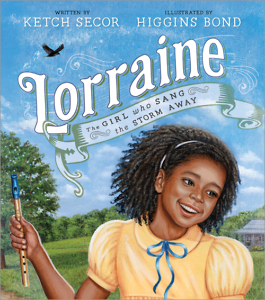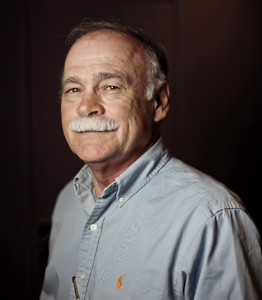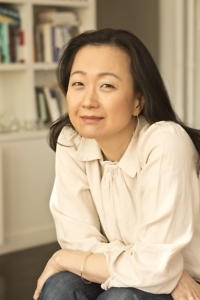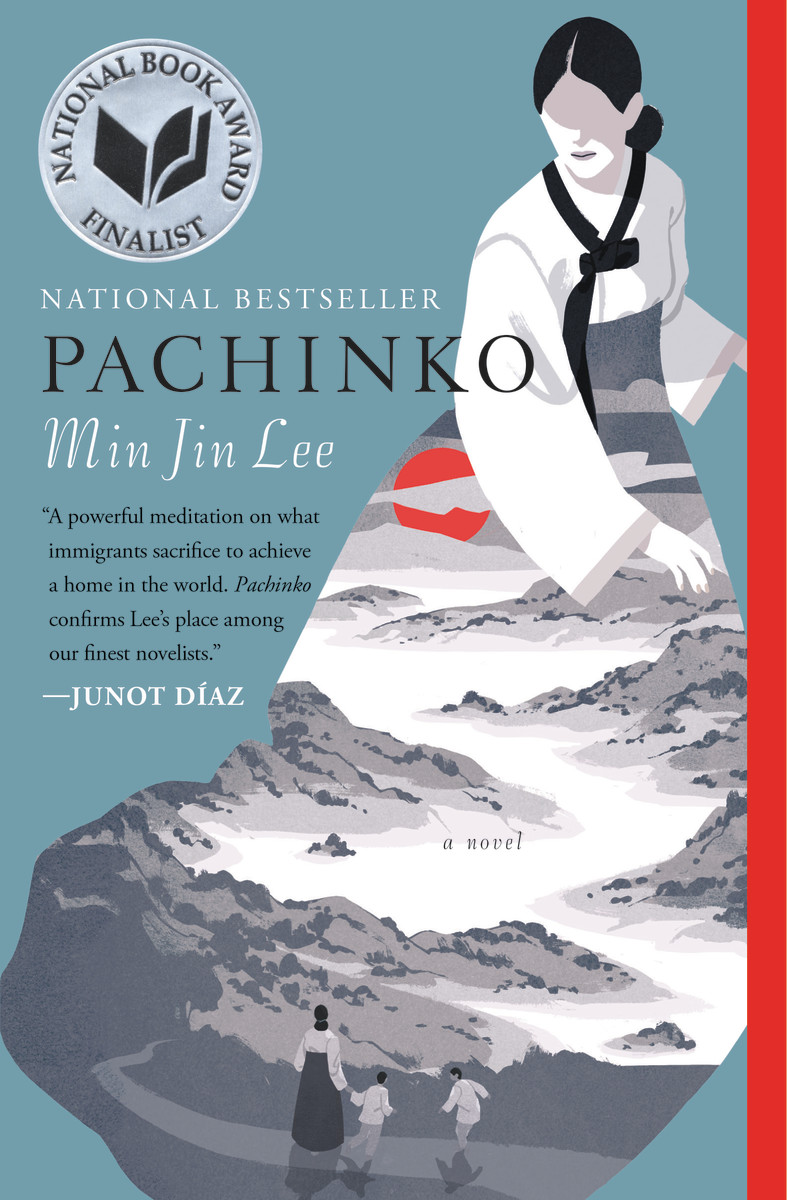Singing the Storms Away
In Lorraine, Ketch Secor and Higgins Bond spin a tale about the power of music
As the Grammy Award-winning founder of the Americana string band Old Crow Medicine Show, Ketch Secor is hardly new to writing verses. In Lorraine, illustrated by Nashville artist Higgins Bond, Secor tries his hand at an altogether new format—the children’s picture book. This story of a fearless young girl and her Pa Paw, who live on a Tennessee farm “where the music grows wild,” is one of kinship and the power of traditional songs (the foot-stompin’ kind) to chase away worries. Throw in a Tennessee tempest and an impish crow who tucks pennywhistles into the hollows of trees, and you have Secor’s spirited debut picture book.

Photo: Steve Harman
Secor and his wife, novelist Lydia Peelle, co-founded the Episcopal School of Nashville just two years ago, so the musician and author is no stranger to the power of books, stories, and song in the lives of children. Bond, who studied at the Memphis College of Art, has been making art for nearly fifty years. Both she and Secor answered questions from Chapter 16 via email.
Chapter 16: Ketch, what do songwriting and crafting the text for a picture book have in common?
Ketch Secor: As an American Roots musician, I borrow from the earliest recordings of popular music to craft new songs, forging a new link of chain in our nation’s glorious canon of song. As a storyteller, I do the same. Lorraine is my interpretation of older forms of the female child heroine—of Sal picking blueberries with her mother or Irene bravely delivering the duchess her gown. Inspiration begets inspiration, and, along with the honor of creating new works which reflect upon older ones, lies the hope that others will be inspired by my works, forging yet another new link in the chain.
Chapter 16: Why the name “Lorraine” for both the story and the title? Have you known a Lorraine in your life?
Secor: I hadn’t heard a children’s story about a Lorraine before, which made it feel like a good choice. And when I decided to utilize iambic pentameter in the book, it was helpful to have a name with a stress on its second syllable. (Prosody experts, forgive me for my laymen terms). But much more importantly, my initial inspiration for Lorraine came from a woman named Lorraine!
Lorraine Sizemore, an Appalachian woman of Cherokee descent, grew up near the remote town in East Tennessee where my band settled for a few years. She and her family held the tobacco allotment on an old farm where I was more or less squatting, and we got to know each other working in the tobacco fields. In her girlhood days, Lorraine found a young crow with a broken wing, which she nursed back to health. She also had a raccoon and a possum. Pretty Boy, her crow, was something of a thief, and years after he died she continued to find little troves of shining things stashed in trees and such around her family’s farm.
 Chapter 16: Higgins, what is it about Ketch’s text that made you want to bring this story to life with your acrylics?
Chapter 16: Higgins, what is it about Ketch’s text that made you want to bring this story to life with your acrylics?
Higgins Bond: First, it is such a beautiful story, and as a grandmother of three children, I can certainly identify with the grandfather. My grandson, Andrew, used to be terribly afraid of storms. But, thankfully, he is older now and much less afraid. Also, I have illustrated over forty books, but only a few of them were fiction. I guess I have a reputation as a wildlife artist, so the opportunity to do something different was very welcome—although the co-star of this book turned out to be a crow, so I didn’t totally escape the wildlife label.
Chapter 16: Do you use models for your characters? Is the Lorraine in this book, as well as her grandfather, based on any one you know in real life?
Bond: Lorraine has a lot of the personality and charm of my eleven-year-old granddaughter, Lexie. Though I did not want to use her face exactly, I did have her model for me a few times just to get the anatomy correct. Lorraine’s face is actually a composite of several pictures I had of little girls her age. The grandfather is also a composite of pictures, but I actually had my own father (who has passed away) in mind when I painted him.
Chapter 16: What role has music played in your own life? Have you ever had music chase a storm away?
Bond: I’m no musician, like Ketch. But I do understand the power of music. I took piano lessons for a few years and played the flute and piccolo in my junior-high-school band. But,most of all, I just love music, all types, including country music. I have an amazing collection of CDs, records, and even old tapes that I refuse to give up. I often listen to music while I work. And I still have my childhood piano in my living room, which my grandkids are learning to play.

Photo: Crackerfarm
Chapter 16: Ketch, what was it like for you to see Higgins’ artwork for the book?
Secor: Even some years after meeting Higgins and working on this book with her, I remain humbled and honored by this special opportunity to know her and to share her work with a wider audience. She is a treasure!
One of the things that is most meaningful to me about Higgins’ work is the transformation the story made when Lorraine became a black Southern girl. I have a particular passion for the young readers in my state. Like many places around the nation, the vestiges of racial inequality remain entrenched in Tennessee. Though our education system has made leaps and strides, too often disparity continues to fall along race and class lines. In 2016, I helped open a new school, Episcopal School of Nashville, with a mission to bring students from all walks of life together in an environment of love and learning. Similarly, with our collaboration, Higgins and I hope that Lorraine can do her part to help embody the change our society so desperately needs right now.
Chapter 16: Do you two plan to share this story with students at school visits? Will music be a part of it?
Bond: Well, I am sure music will be a part of any presentation by Ketch. He is a truly wonderful musician and singer. For me, I find that students, especially the ones that like to draw, are always interested in how I became an artist and how I got the chance to illustrate a book. So I usually talk about the journey and what it takes to become an illustrator. But I will certainly share the story of Lorraine with them and how she came to be.
Secor: Yes! We’ll be reading and singing together. Come lend your voice to the song!

Julie Danielson, a former school librarian, blogs at Seven Impossible Things Before Breakfast and writes about picture books for Kirkus Reviews, BookPage, and the Horn Book. Her first book, Wild Things! Acts of Mischief in Children’s Literature, was published in 2014.





